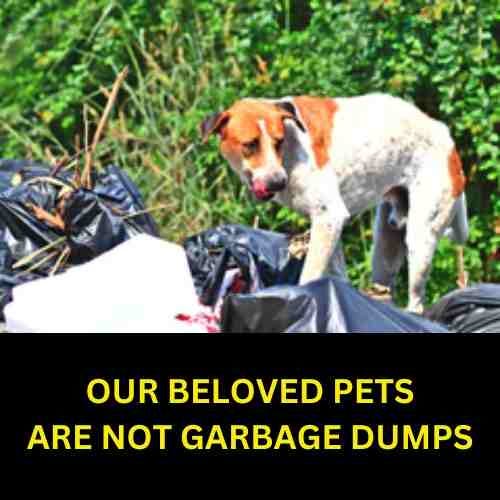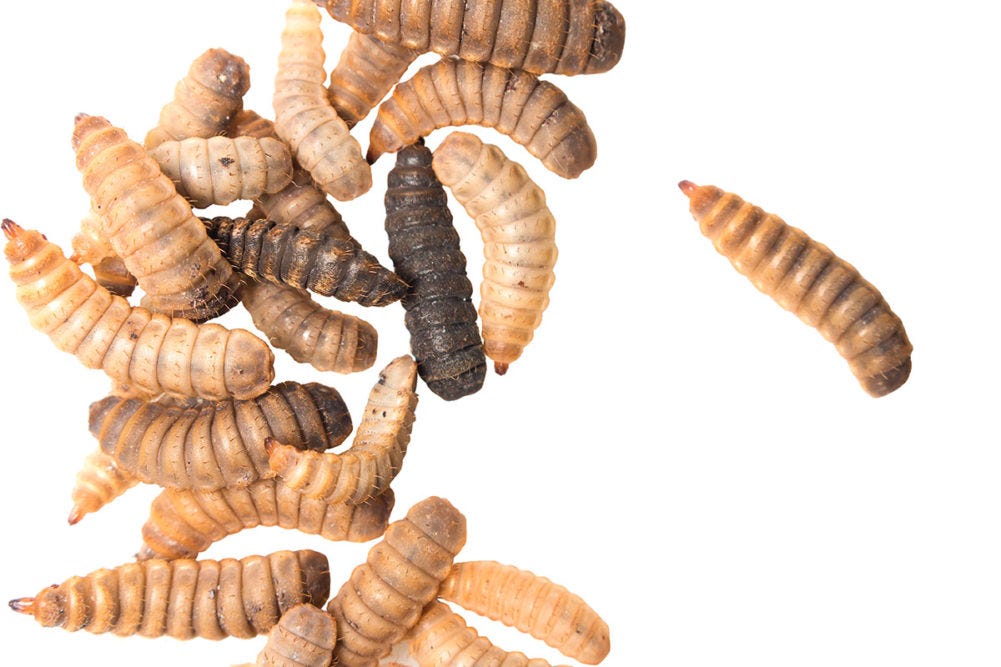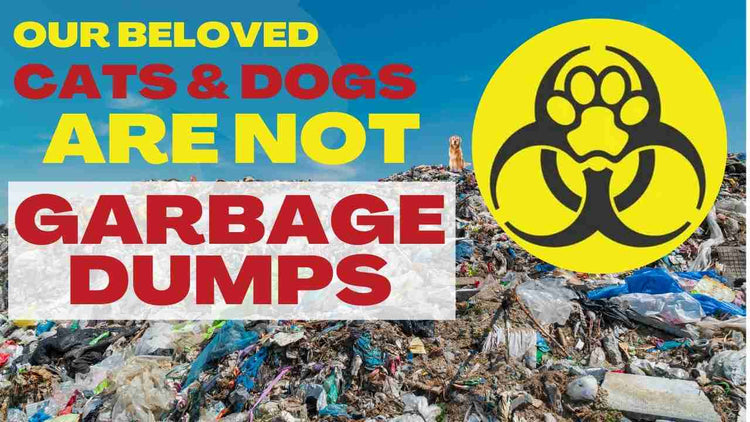
It’s unsettling to realize that the transparency we expect in human food often doesn’t extend to the food we provide our pets. The term “human grade” in pet food labeling can be misleading, as it is not used within the highly regulated human food industry. Typically, the food human industry distinguishes between “edible” and “inedible” products rather than using the term “human grade.” A product may originate from a facility regulated for human food production and still be labeled “human grade,” yet it might be deemed inedible for human consumption. This distinction emphasizes whether foods meet certain safety and quality standards suitable for human consumption. In contrast, the “human grade” label in pet food marketing may not reflect the same rigorous standards applied to foods intended for human consumption.

Pet food companies aren’t required to disclose if their ingredients are of poor quality, waste products, or unfit for human consumption. Nany of these companies market their products as “sustainable”, “responsibly sourced”, or “upcycled”. While these terms may seem positive, they frequently signify the use of substandard ingredients that might have otherwise ended up in a landfill and can contain harmful toxins requiring sterilization. Moreover, such “sustainable” ingredients often lack real nutritional value.
The next time you check the ingredients in your pet’s food, look for synthetic vitamins. If synthetic vitamins are present, it suggests that the natural ingredients alone do not provide sufficient nutrients.
The Bug Diet Trend
Recently, The Association of American Feed Control Officials (AAFCO) has indeed approved the use of certain insect proteins for use in pet foods. Specifically, black soldier fly larvae have been approved for inclusion in adult dog food as a source of protein and fat.

Feeding insects to pets is becoming increasingly popular, touted as a sustainable and high-protein alternative. While insects may indeed serve as a viable protein source, the environmental and ethical benefits often highlighted by companies are still under scrutiny. The actual nutritional value of an insect-based diet remains uncertain. Researchers such as Sean Jones has unearthed some troubling practices within the industry. For instance, many insect farms use brewery by-products like spent grains to feed their larvae. This raises questions about the true nutritional value of the insects, much like the quality concerns associated with poorly raised traditional livestock such as cattle, hogs, and poultry. Just as the feeding practices for these animals impact their nutritional benefits, the same principles apply to insects used for pet food.
The push to incorporate insects into pet food is largely driven by environmental considerations, rather than cost reduction or direct nutritional benefits to pets.
Regulatory Gaps
Alarmingly, there was a time when U.S. regulations explicitly prevented pet food companies from using poisonous or harmful ingredients. This safeguard was removed in 1999, opening the door for pet foods to include components not deemed suitable for human consumption.
What Pet Parents Should Expect
Many pet parents hold distinct views and maintain a steadfast commitment to their pets’ health. Pet parents should expect to find ingredients sourced exclusively from USDA-inspected suppliers, ensuring that each component is of a quality that could be used in human food. They should also demand prime cuts and high-quality whole foods, rather than trimmings or by-products. The guiding philosophy is clear: if it’s not good enough for us, it’s not good enough for our pets. It’s essential for pet parents to ensure that everything they feed their beloved pets is natural, clean, and full of the necessary nutrients.

As pet owners and lovers, we must demand greater transparency and higher standards from pet food manufacturers. The inclusion of garbage or insects in pet food is primarily motivated by environmental benefits, not by an intention to enhance the nutritional value or well-being of pets.
Our pets rely on us for their nutrition and well-being; they deserve the best we can provide, not leftovers or waste.
We all aim to support a healthy environment for every inhabitant of the planet, but hopefully not at the expense of our pets’ well-being.

